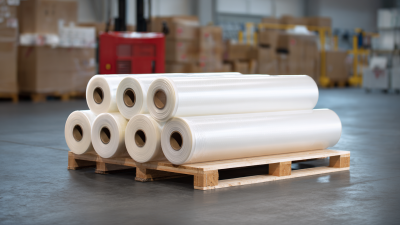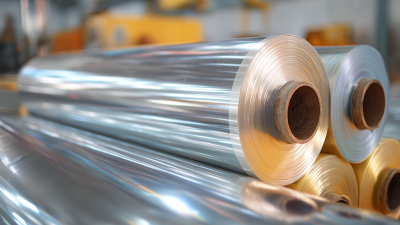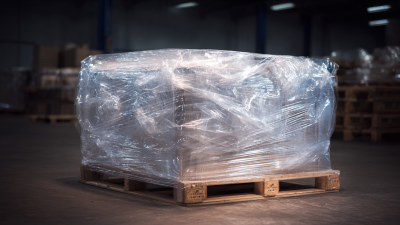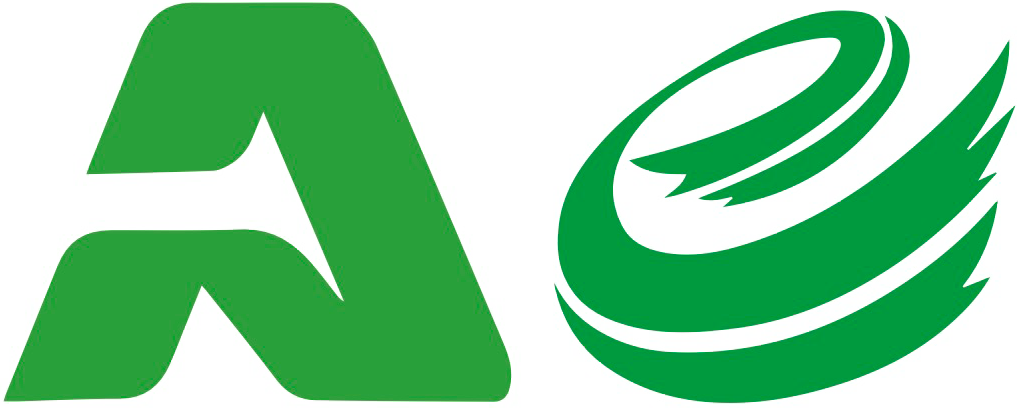When it comes to safeguarding your products and ensuring their longevity during transportation and storage, choosing the right shrink wrap solution is critical for your business. The versatility of shrink wrap offers multiple alternatives, each designed to meet specific needs and requirements. However, navigating through the myriad of options can be overwhelming, especially when considering factors such as material type, thickness, and sealing methods.

This blog aims to provide you with an ultimate checklist for evaluating your shrink wrap choices and understanding the alternatives available in the market. From understanding the specific applications of different types of shrink wrap to discovering innovative solutions that align with your operational needs, our guide will empower you to make informed decisions that enhance your product protection and overall efficiency.
When it comes to selecting the right shrink wrap solution for your business, understanding the various types available and their specific uses is crucial. The market offers several types, including centerfold, pre-cut, and tubing. Centerfold shrink wrap is versatile and suitable for packaging odd-shaped items, while pre-cut options save time for businesses with standardized product sizes. Tubing, on the other hand, is ideal for larger items or bulk packaging.
Tip 1: Assess your product dimensions and shapes before choosing a type of shrink wrap. This will ensure you select a material that provides the necessary coverage and protection while minimizing waste.
In addition to size considerations, it’s essential to look into the material properties of the shrink wrap. For instance, there are options such as PVC, polyolefin, and polyethylene, each with its unique characteristics. PVC is great for clarity and gloss, while polyolefin is known for its strength and versatility, making it a favorite for food packaging.
Tip 2: Always test different shrink wrap options with your products to determine the best fit. This experimentation will help you understand how each material reacts to heat and provides the desired seal and protection.
Understanding these fundamental aspects will help you make an informed decision when selecting the perfect shrink wrap solution for your business.

When selecting the right shrink wrap material for your business needs, there are several key factors to consider that can significantly impact efficiency and cost-effectiveness. First and foremost, you need to assess the type of products you are wrapping. Different items may require varying thicknesses and characteristics of shrink wrap to ensure optimal protection. For instance, fragile items might benefit from softer, more flexible shrink films that minimize damage during transportation. Conversely, bulkier products may necessitate sturdier materials that can withstand environmental stress and physical handling.

Another crucial aspect to pay attention to is the shrink temperature and shrink ratio of the material. It’s essential to choose a shrink wrap that aligns with your equipment capabilities and production speed. High-performance shrink wraps offer quicker sealing times and superior shrink ratios, which can enhance productivity and reduce waste in the long run. Additionally, consider the environmental impact of your choice. Biodegradable and recyclable options are increasingly popular and may appeal to environmentally-conscious customers. By carefully evaluating these factors, you can ensure you select the most suitable shrink wrap solution for your business's unique requirements.
When it comes to selecting the right shrink wrap solution, evaluating equipment options is crucial for ensuring effective packaging processes. Start by assessing your specific business requirements. Consider the types of products you need to wrap, their sizes, and the volume of packaging needed. Different machines cater to various needs; for instance, if you are wrapping small items, a semi-automatic or manual shrink wrapper might suffice, while larger products might require a fully automatic shrink wrap system.
Additionally, examine the technical capabilities of potential equipment. Look for machines that offer adjustable temperature settings, film tension controls, and sealing mechanisms suited for your materials. These features contribute to a more consistent wrap and enhanced protection during transportation. It’s also wise to evaluate the machinery's ease of use and maintenance needs, as this will affect your operational efficiency over time. Remember, investing in the right shrink wrapping equipment not only optimizes your packaging process but also helps in minimizing waste, ultimately benefiting your bottom line.
When considering shrink wrap solutions for your business needs, understanding the cost implications is crucial. Recent analyses indicate that the average cost to produce high-quality packaging materials can vary significantly based on factors such as material type, size, and supplier. For instance, a comprehensive study showed that businesses could expect to spend approximately $10,000 to $50,000 annually on shrink wrap materials, depending on their operational scale and packaging requirements.
**Tips:** Always factor in potential downtime or delays caused by improper packaging solutions, as these can lead to additional costs. Moreover, conducting a thorough cost-benefit analysis can help you quantify the long-term savings of investing in durable shrink wrap materials over cheaper alternatives.
Additionally, it’s important to consider hidden costs that come alongside the acquisition of shrink wrap supplies. Budgeting for equipment maintenance, labor for application, and disposal costs can often be overlooked. Allocating a portion of your budget for ongoing training can also enhance efficiency and quality, further justifying your investment.
**Tips:** Utilize budgeting templates that allow you to compare different suppliers and solutions based on total lifecycle costs, not just initial purchase prices. Engaging with industry reports and insights can also provide clarity on average spending and cost expectations in your specific niche.
| Shrink Wrap Type | Material Thickness (microns) | Cost per Roll ($) | Suitable Applications | Estimated Lifespan (Months) |
|---|---|---|---|---|
| Polyolefin Shrink Wrap | 15-20 | 120 | Food Packaging, Retail Items | 12 |
| PVC Shrink Wrap | 25-30 | 100 | Industrial Parts, Electronics | 24 |
| Polyethylene Shrink Wrap | 75-150 | 90 | Palletizing, Outdoor Storage | 36 |
| Cross-Linked Polyethylene Shrink Wrap | 30-80 | 150 | Heavy-Duty Packaging, Automotive | 48 |
| Biodegradable Shrink Wrap | 20-50 | 130 | Eco-Friendly Products, Gifts | 18 |
Implementing a shrink wrap solution in your operations can greatly enhance your packaging and shipping processes. To begin with, assess the specific needs of your products. Understanding the size, weight, and fragility of your items will allow you to select the right type of shrink wrap material. Consider factors such as UV protection, moisture resistance, and puncture resistance to ensure your products maintain their quality during storage and transportation.
Once you've identified the appropriate shrink wrap material, focus on the machinery and tools required for application. Investing in a reliable shrink wrap system can streamline your operations, improve efficiency, and reduce labor costs. Training your staff on best practices for using these machines is crucial, as proper technique can prevent waste and ensure a consistent finish. Regular maintenance of the equipment should also be part of your operational routine to avoid performance issues.
Finally, establish a feedback loop with your team to identify any challenges encountered during the shrink wrapping process. Continuous improvement is key to optimizing your operations. Gathering input helps you adjust your methods and materials, ultimately leading to enhanced productivity and customer satisfaction.






